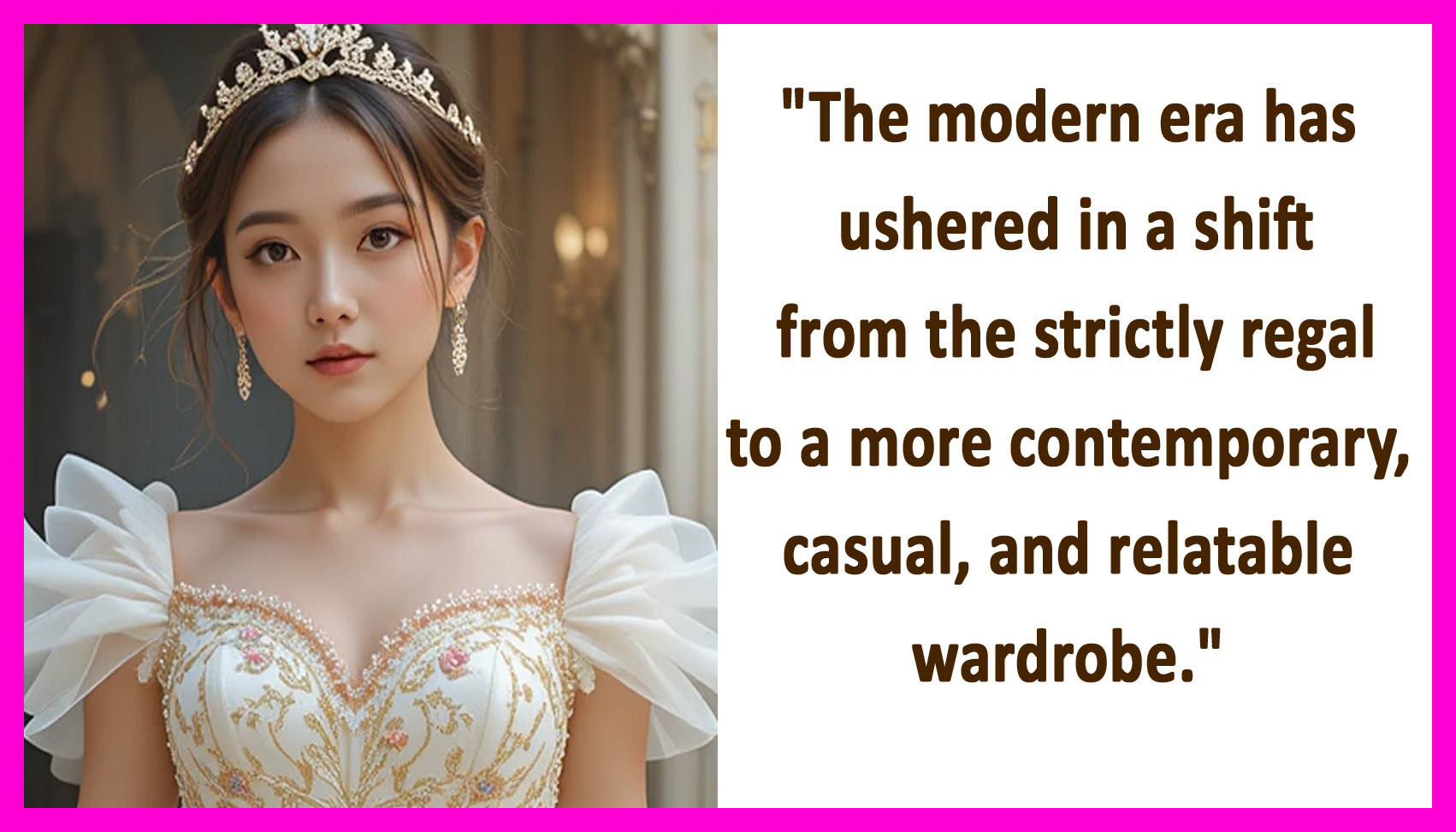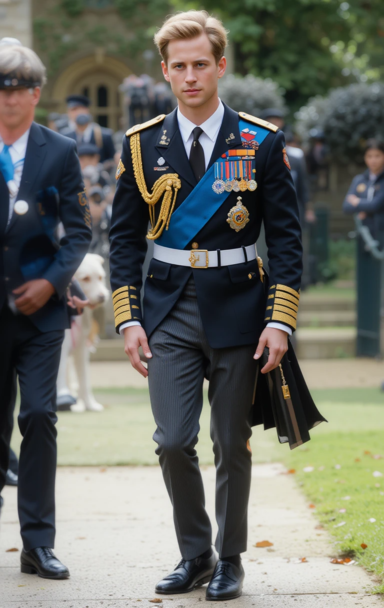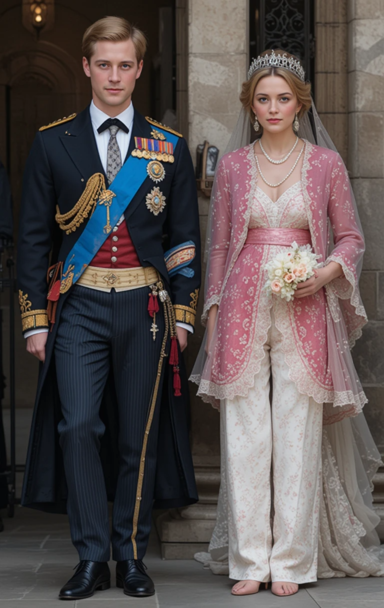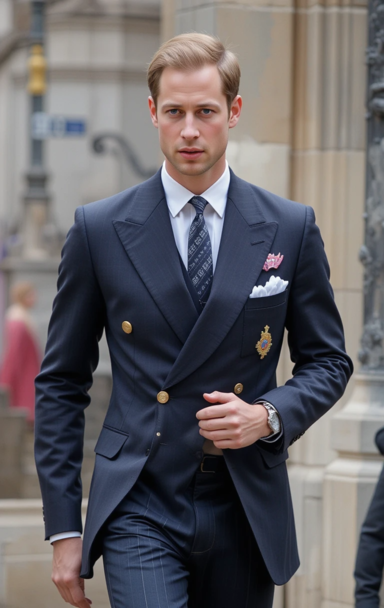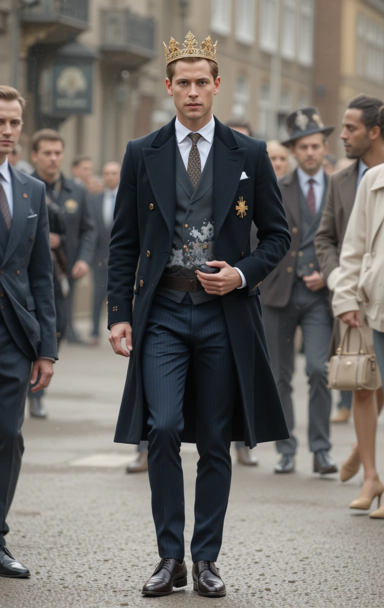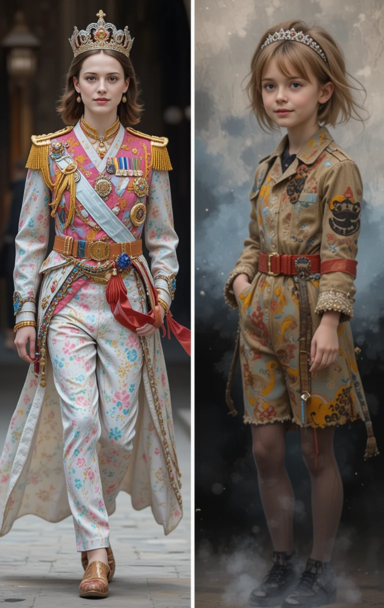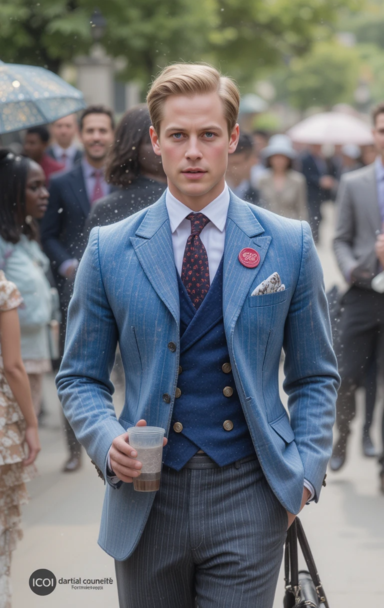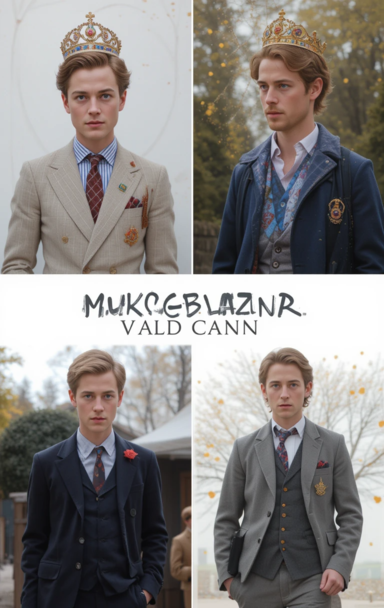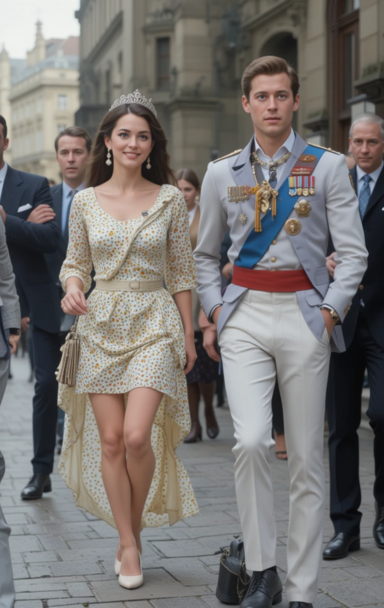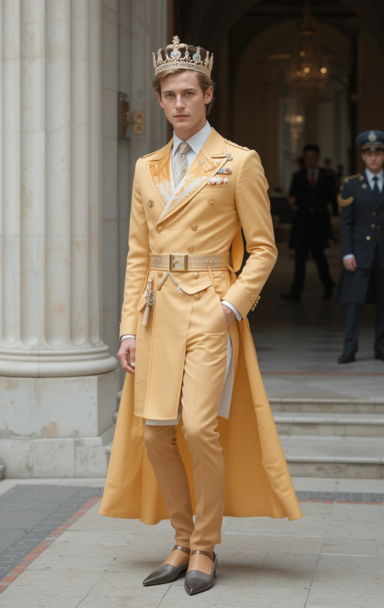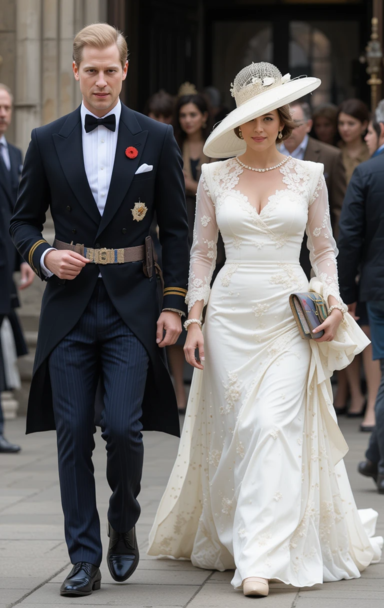Crowns to Casual Wear: The Evolution of Royal Princes’ Fashion Styles in the Modern Era
Introduction
Royal families have long been the epitome of grandeur, elegance, and tradition. Throughout history, their fashion has been a reflection of their status, power, and cultural significance. However, as societies have evolved, so too have the styles of royal princes. Gone are the days when royal men exclusively wore ceremonial robes, heavily embroidered attire, and traditional regalia. The modern era has ushered in a shift from the strictly regal to a more contemporary, casual, and relatable wardrobe. This article explores the evolution of royal princes’ fashion styles from past centuries to the present day, analyzing the factors that have influenced these changes and their impact on both the monarchy and the general public.
Traditional Royal Attire: A Symbol of Power
Historically, royal princes were adorned in garments that signified their rank and heritage. From the elaborate doublets and breeches of the European Renaissance to the heavily decorated military uniforms of the 19th and early 20th centuries, royal fashion was designed to convey authority and respect. Kings and princes often wore ceremonial robes, gilded armor, sashes, and capes adorned with family crests and national insignias.
For example, during the 18th and 19th centuries, British princes commonly wore naval and military uniforms, reinforcing their association with leadership and duty. Similarly, Middle Eastern and Asian royal families dressed in ornate robes, often made of silk and adorned with intricate embroidery, to reflect their wealth and cultural heritage. These outfits, though magnificent, were also a way of maintaining a distinction between royals and commoners, making them appear almost untouchable.
The Shift to Modernity: A Blend of Tradition and Practicality
The turn of the 20th century saw a gradual shift in royal fashion as Western influences and practical considerations came into play. The World Wars played a significant role in changing royal attire, as princes and kings took on military roles and adopted simpler, more functional uniforms. This period also saw the rise of tailored suits as the dominant form of royal attire for formal occasions.
For instance, Prince Edward VIII of the United Kingdom, later known as the Duke of Windsor, was instrumental in modernizing men’s fashion. His preference for well-tailored suits, soft collars, and casual sportswear set a new standard for royal dressing. His effortless yet refined style made him a fashion icon, influencing not just fellow royals but also the general public.
Similarly, the mid-20th century saw young princes embracing a mix of formal and casual wear. Prince Charles of the United Kingdom, for example, became known for his impeccable three-piece suits, but he also embraced casual blazers, polo shirts, and relaxed trousers during his leisure time. The shift reflected a broader societal trend where aristocrats and royals started presenting themselves as more accessible to the public.
The Rise of Casual Wear: A New Royal Image
By the late 20th and early 21st centuries, royal fashion had become increasingly relaxed, reflecting changing societal values and media scrutiny. Princes from various royal families started incorporating more casual, everyday attire into their wardrobes, a move that helped bridge the gap between the monarchy and the people.
One of the most notable figures in this transition is Prince William, Duke of Cambridge. While he continues to wear formal attire for official engagements, he is often seen in casual jeans, sweaters, and polo shirts. This relaxed style reflects his approachable personality and the royal family’s desire to appear more relatable in the modern world.
Prince Harry, Duke of Sussex, has also played a key role in redefining royal fashion. Often spotted in well-fitted jeans, sneakers, and open-collar shirts, he represents the modern, laid-back royal who embraces both tradition and contemporary style. His departure from the strictly formal royal wardrobe signifies a shift in how younger royals navigate their public image.
Similarly, in other royal families, such as the Swedish and Danish monarchies, princes have embraced a more casual aesthetic. Crown Prince Frederik of Denmark and Crown Prince Haakon of Norway often appear in relaxed, well-tailored clothing that strikes a balance between formality and modernity. These changes reflect a broader movement within royalty to connect with the people while maintaining an element of prestige.
Influences on Modern Royal Fashion
Several factors have contributed to the evolution of royal fashion in recent decades.
- Media and Public Perception The rise of social media and constant public scrutiny have pushed royal families to present a more modern, relatable image. Unlike in the past, when royal attire was meant to create a sense of mystique and grandeur, today’s fashion choices are more about approachability and engagement with the public.
- Globalization and Cultural Exchange With increased global interaction, royal families have incorporated elements from different cultures into their wardrobes. It is not uncommon to see European princes wearing traditional attire from other nations during diplomatic visits, symbolizing respect and cultural appreciation.
- The Influence of Celebrity and Contemporary Trends Modern royals are often influenced by contemporary fashion trends and even celebrities. Prince Harry, for example, has been seen wearing brands favored by Hollywood celebrities, signaling a shift towards mainstream fashion trends.
- The Role of Sustainability In recent years, sustainability has become a significant aspect of royal fashion. Prince Charles, for example, has championed eco-friendly clothing and promotes sustainable brands. Younger royals are increasingly seen re-wearing outfits, supporting ethical fashion, and endorsing sustainable practices.
The Future of Royal Fashion: What Lies Ahead?
As society continues to evolve, so will royal fashion. It is likely that future generations of princes will embrace even greater flexibility in their style choices. With the increasing focus on individuality and breaking away from rigid traditions, royal men may experiment more with their wardrobe, blending classic tailoring with modern, trend-driven pieces.
Moreover, as the monarchy adapts to changing times, we may see further integration of gender-neutral and sustainable fashion within royal wardrobes. The traditional strict dress codes for official engagements may become even more relaxed, allowing for greater self-expression while maintaining an air of sophistication.
Conclusion
The evolution of royal princes’ fashion from crowns and ceremonial robes to casual jeans and tailored blazers reflects a broader transformation within monarchy and society. What was once a rigid, formal, and highly symbolic mode of dressing has gradually shifted towards a blend of elegance and practicality. This change signifies a deeper cultural shift where royal families seek to remain relevant, approachable, and aligned with contemporary values. As fashion continues to evolve, so too will the way royal princes dress, ensuring they remain style icons while balancing tradition and modernity.

